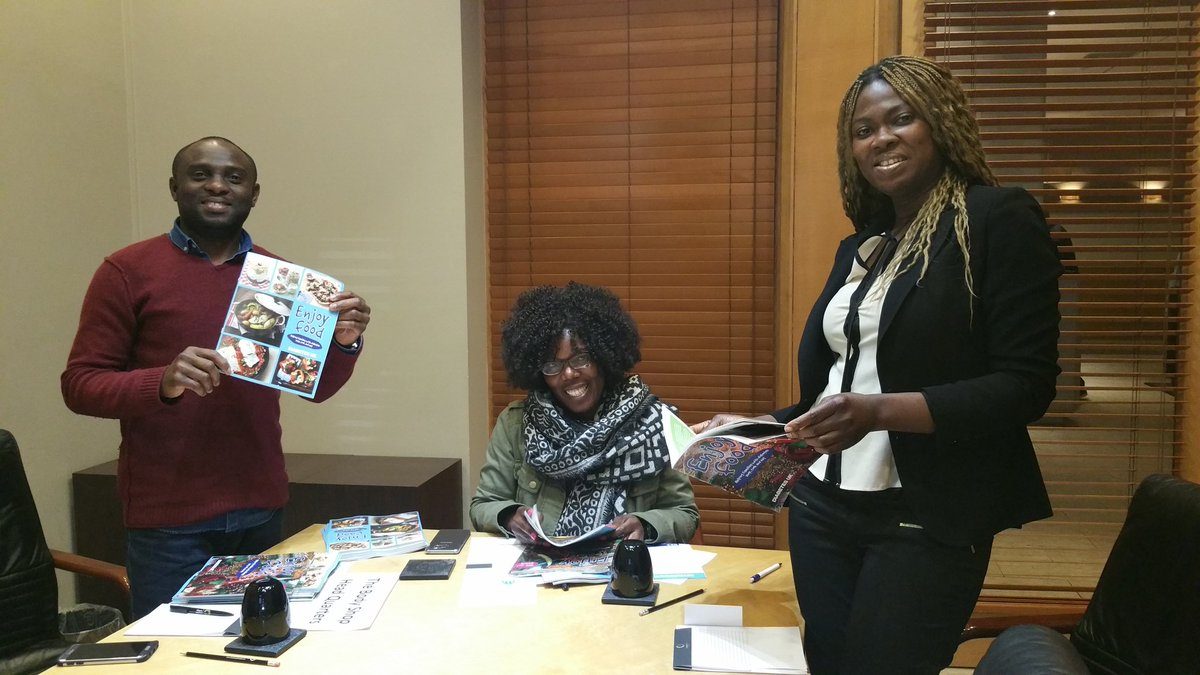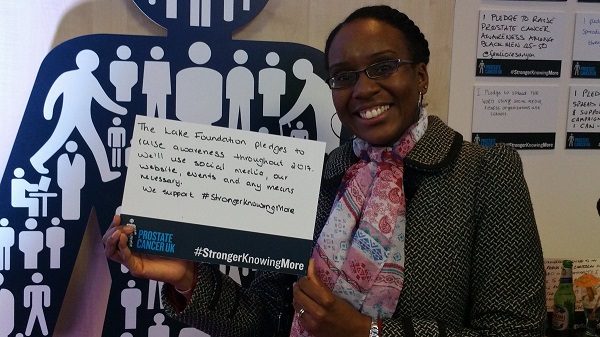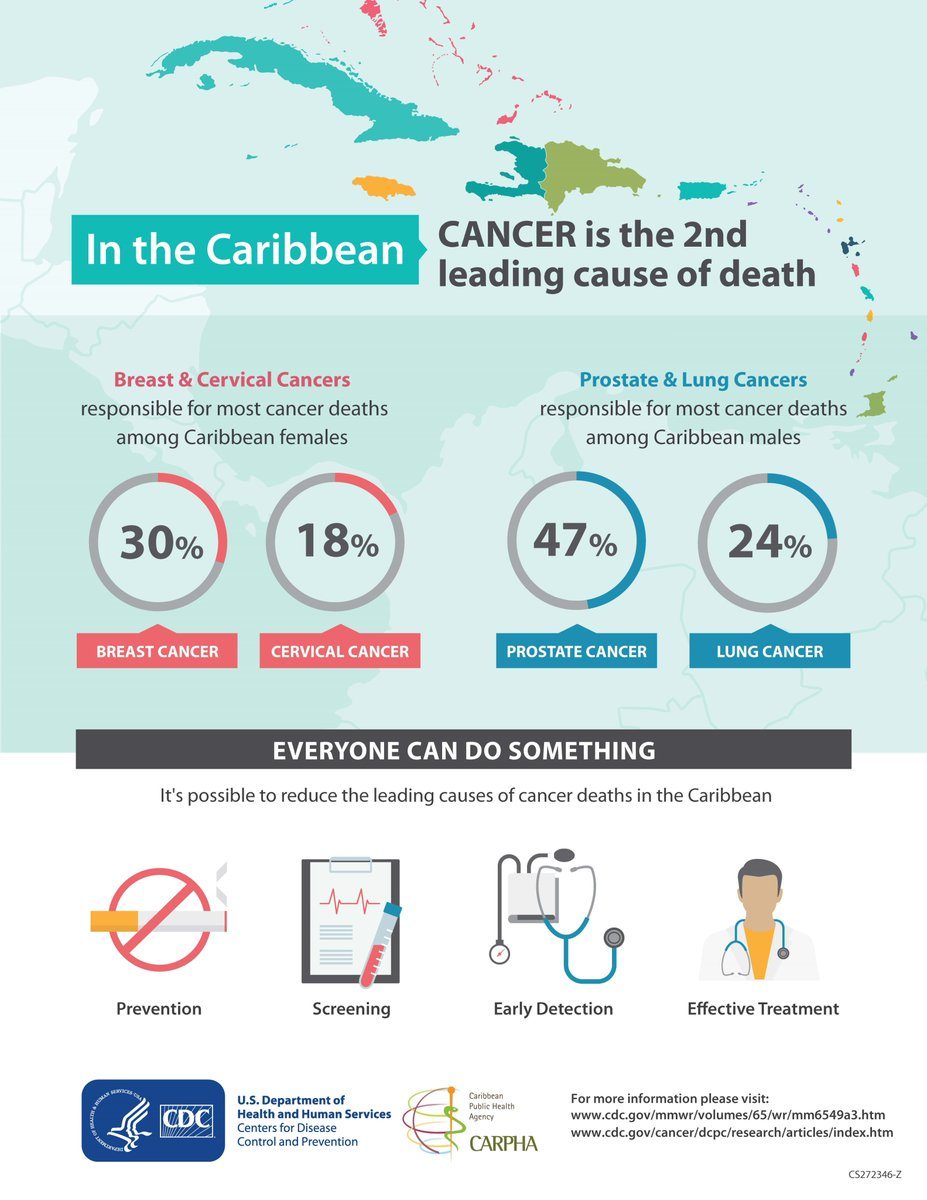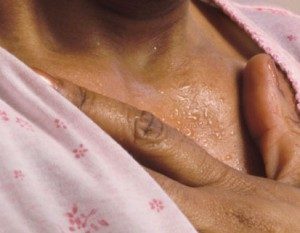Last week, we had the pleasure of attending the launch of Prostate Cancer UK’s Stronger Knowing More campaign. This campaign is aimed at black men and puts the spotlight on the fact that black men have a higher risk of developing prostate cancer. Black men have a 1 in 4 chance of developing prostate cancer, which is double the risk faced by white men.
The campaign was formally launched on 17th January at 15 Hatfields . The event started with a networking session where we were able to speak to staff members involved in developing this much-needed campaign, hear from men who have been affected by prostate cancer and view the very powerful images being used for Stronger Knowing More.
Powerful Imagery

Our first mission as we walked around the beautiful venue was to look at the exhibition of images which were created for the campaign.
Prostate Cancer UK worked with photographer Dennis Morris to create a collection of photographs of black men from the worlds of sport, politics and the arts as well as prostate cancer survivors in a show of strength against prostate cancer. The collection of images featured former WBA World Heavyweight champion David Haye, Olympic gold medallist, Linford Christie Labour MP, Chuka Umunna, writer and musician Benjamin Zephaniah, ex-England footballer Viv Anderson and Red Dwarf star Danny John-Jules.
Reading through the captions of the each picture was really inspiring, moving and empowering and we’re sure that as men see these it was make them reflect on their health and perceptions of prostate cancer.
It was also interesting to read the behind the scenes view of the creation of the pictures with photographer Dennis Morris explaining that each shot was carefully thought through. For his photo shoot he asked each of his subjects to select a location where they felt the strongest and he was able to capture moments of defiance, strength and vulnerability. It is hoped that the pictures will tap into the inner strength of men and when combined with information will defeat the silence and stigma around prostate cancer.
Moving Stories

During the networking session we spoke to several men with experience of prostate cancer and were so moved by their experience and the fact that despite their health they were working tirelessly to raise awareness and support other men. It was also interesting to learn of how some men came to be diagnosed, many by chance encounters with people who made them think which really highlighted that small gestures can make a huge difference in someone’s life.
We spoke to one man whose first words to us were: “that man saved my life” as he pointed to one of Prostate Cancer UK’s most well-known patient volunteers, Errol McKellar. He told us that he was waiting at a train station one day when Errol began speaking to him about prostate cancer and ended the conversation by giving him a leaflet, which he only took to “shut him up!” He said that leaflet stayed on his desk at work for two weeks and then during a slow day at work he read the leaflet and realised he had some of the symptoms of prostate cancer. He visited his GP and was later diagnosed with prostate c,ancer, which he said was devastating. All he could think about was not being there for his wife and children and not being around to see his children grow up, “they are still so young”. Luckily he was diagnosed at a fairly early stage and his future is bright, but had he not met Errol McKellar his story could have been so different.
Inspiring Speeches

After the networking session it was time for speeches. We first heard from Tom Shrophire, Trustee of Prostate Cancer, UK who gave some background to the campaign and how it came into being. He said that there was a need to publically acknowledge the heightened risk black men have and start implementing a solution that seeks to raise awareness as many men don’t realise they are at an increased risk. He said this work is part of Prostate Cancer UK’s aim to tame prostate cancer in the next 10 years and this means they have to make black men, black families and black communities a priority.
We also heard from Prostate Cancer UK ambassador, Errol McKellar, who shared his touching story about his experience with prostate cancer. He was diagnosed after reading a leaflet about the PSA test and then decided to have the test done. He explained how prostate cancer totally changed his life and was the most difficult challenge of his life. He described the importance of having a good support system and said he would have never made it through this disease without the support of his wife (“my wife was my strength”). He gave hope to men by saying his prostate cancer diagnosis had knocked him down, yes, but it hadn’t knocked him out. He gave a realistic view telling the audience that he is still battling some of the side effects of treatment and of the disease itself and it has taken him a long time to come to terms with how it has affected his life. He also described his more vulnerable moments, like when he was diagnosed, he said “he cried like a baby.”

We were so inspired by all the work Errol has done since his recovery. After he recovered from his treatment and was fit to return to work he was contemplating how he could make difference. So he decided that he would speak to every man that came into his mechanic shop about prostate cancer.
On his first day back to work he started with his first customer and asked him: “When last did you get your prostate checked?” He then offered his customer a 20% discount if he got a PSA test done and reported back to him. Sure enough a few months later the man return for his 20% discount having completed his PSA test but was shockingly diagnosed with early stage prostate cancer. The man said that Errol should donate the discount to charity and keep raising awareness. That was back in 2011 and since then Errol has spoken to hundreds of men about prostate cancer which has resulted in 26 men being diagnosed with prostate cancer, sadly two of those men have since passed away.

Finally we heard from actor Rudolph Walker, who has been working with Prostate Cancer UK for a number of years to raise awareness. Whilst he hasn’t had prostate cancer himself he spoke of his close friend who sadly lost his life to prostate cancer, but had he known the symptoms and been diagnosed earlier he may still be here today.
Getting Involved

On the night Prostate Cancer UK asked us all to make a pledge to support their campaign and raise awareness and we’ve pledged to do just that.
You can also get involved in this campaign and Prostate Cancer UK have said you could do any of the following:
So let’s all get involved in raising awareness, breaking down the walls of silence and work towards saving our husbands, fathers, brothers, uncles, grandfathers, cousins and friends from prostate cancer.
























